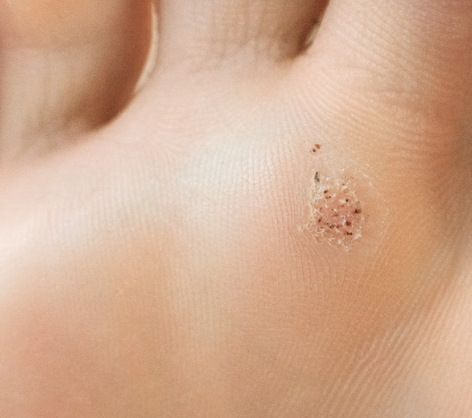FUNGAL INFECTIONS
FUNGAL INFECTIONS
Fungal infections are caused by various types of fungi and can affect different parts of the body, including the skin, nails, mouth, and genitals and are generally common. The infections can range from mild and easily treatable to severe and chronic conditions.

SYMPTOMS
Fungal skin infections are often red in appearance, itchy, and can form rashes or blisters
Nail fungal infections (onychomycosis) can cause thickening, discoloration, brittleness, and deformity of the nails
Mouth fungal infections such as oral thrush, may lead to white patches on the tongue and inner cheeks, as well as pain and difficulty swallowing
Genital fungal infections may result in itching, burning, discharge, and discomfort
CAUSES OF FUNGAL INFECTIONS
Topical antifungal medications, oral antifungal medications, nail removal, mouth and throat rinses, good hygiene, and management of underlying conditions may be discussed as part of the treatment plan. A dermatologist is crucial for a thorough evaluation and tailored treatment plan. A primary care visit may also be required.
V-CARE AMERICA DERMATOLOGY
If you're dealing with fungal infections, you’re not alone. Our dermatologists and primary care healthcare professionals specializing in skin disorders are here to provide expert guidance and personalized treatment plans.
CAUSES OF FUNGAL INFECTIONS
Fungal infections are caused by fungi such as dermatophytes, yeasts (e.g., Candida), and molds
Fungi thrive in warm, moist environments, making certain areas of the body susceptible, such as the skin, nails, and mucous membranes
Weakened immune systems such as those with HIV/AIDS or undergoing chemotherapy, are more prone.
Some fungal infections are contagious and can be transmitted through direct or indirect contact with infected individuals or contaminated objects
